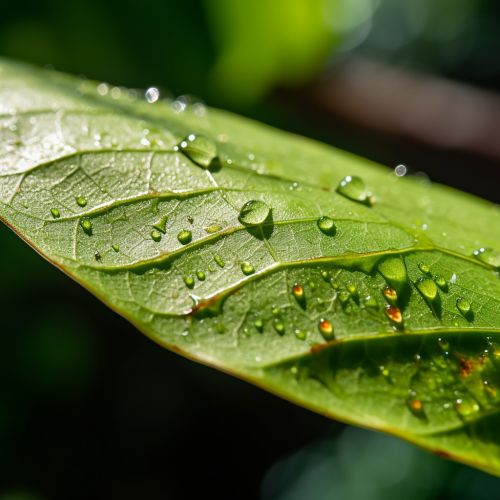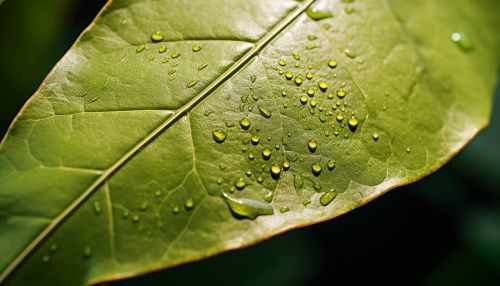Mechanisms of Plant Defense Against Insects and Herbivores
Introduction
Plants, as sessile organisms, have evolved a myriad of defense mechanisms against insects and herbivores. These mechanisms can be broadly classified into two categories: constitutive defenses, which are always present in the plant, and induced defenses, which are produced or mobilized in response to herbivore attack.


Constitutive Defenses
Constitutive defenses are the first line of defense in plants and include physical and chemical barriers that deter herbivores.
Physical Defenses
Physical defenses in plants include structural features that deter feeding by herbivores. These include features such as thorns, spines, and prickles, which can physically injure the herbivore, and trichomes, which are hair-like structures that can deter feeding by smaller insects. Other physical defenses include tough leaves and bark, which can be difficult for herbivores to chew and digest.
Chemical Defenses
Chemical defenses in plants include a wide range of compounds that can deter feeding, reduce the nutritional quality of the plant tissue, or poison the herbivore. These compounds include secondary metabolites such as alkaloids, terpenoids, and phenolics, which can have a wide range of effects on herbivores.
Induced Defenses
Induced defenses are those that are produced or mobilized by the plant in response to herbivore attack. These defenses can be both physical, such as the production of more trichomes, and chemical, such as the production of defensive proteins or the mobilization of secondary metabolites.
Physical Induced Defenses
Physical induced defenses in plants can include the production of more trichomes or the thickening of the plant cuticle, both of which can deter herbivore feeding. Other physical induced defenses can include changes in leaf toughness or the production of structures such as galls, which can physically impede the herbivore.
Chemical Induced Defenses
Chemical induced defenses in plants can include the production of defensive proteins, such as protease inhibitors, which can interfere with the digestion of proteins in the herbivore's gut. Other chemical induced defenses can include the mobilization of secondary metabolites, such as the production of more alkaloids or terpenoids, or the production of volatile compounds that can attract natural enemies of the herbivore.
Plant-Herbivore Coevolution
The ongoing interaction between plants and herbivores has led to a process of coevolution, where changes in one species drive changes in the other. This can lead to an 'arms race' of escalating defenses and counter-defenses. For example, some herbivores have evolved the ability to detoxify the plant's defensive compounds, or even sequester these compounds for their own defense.
Conclusion
Understanding the mechanisms of plant defense against insects and herbivores is crucial for developing sustainable agricultural practices and for conserving biodiversity. As we continue to learn more about these complex interactions, we can apply this knowledge to improve crop resistance and reduce reliance on chemical pesticides.
